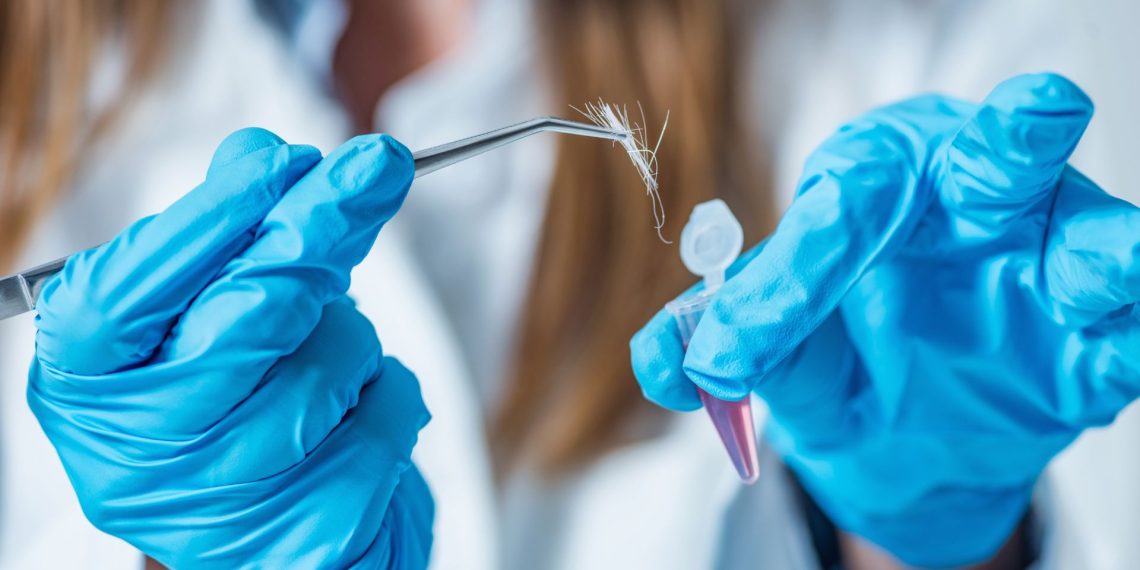The legal landscape has undergone significant transformation in recent years, primarily due to advancements in forensic technology. Forensic innovations play a crucial role in criminal defense cases, influencing outcomes by providing more accurate and reliable evidence. With tools ranging from DNA analysis to digital forensics, these technologies empower defense attorneys to build stronger cases and ensure justice for their clients. In this blog, we will explore the various ways in which advanced technology shapes the realm of criminal defense, examining its impact on evidence collection, case strategies, and the overall justice system.
Overview of Forensic Innovations
According to one legal team, forensic innovations encompass a broad spectrum of scientific and technological advancements utilized in criminal investigations. These innovations enhance the ability to gather, analyze, and interpret evidence, ultimately leading to more informed decisions in the courtroom. From traditional methods like fingerprint analysis to cutting-edge techniques such as genomic sequencing, forensic science has significantly evolved.
One of the most notable advancements is the use of DNA technology. This method revolutionizes how law enforcement and defense attorneys approach cases. DNA evidence can establish connections between suspects and crime scenes or exonerate innocent individuals. Moreover, tools like digital forensics have emerged, enabling the analysis of electronic devices for critical data that can influence the outcome of a case. As forensic innovations continue to evolve, they increasingly become integral to the criminal justice process.
Impact of DNA Technology on Defense Cases
DNA technology has profoundly impacted criminal defense, particularly in cases where the accused claims innocence. The ability to analyze biological evidence, such as blood, hair, or skin cells, has led to the exoneration of many wrongfully convicted individuals. Landmark cases highlight the importance of DNA evidence, demonstrating how it can clear the names of those falsely accused. For instance, the case of Kirk Bloodsworth, the first American on death row exonerated by DNA evidence, underscores the potential of this technology to right wrongs.
However, while DNA evidence is a powerful tool for defense attorneys, it is not without its challenges. Contamination, degradation, and improper handling of samples can lead to inaccurate results. Moreover, the interpretation of DNA evidence can be complex, requiring expert testimony to clarify its implications for the case. As such, defense attorneys must remain vigilant and well-informed about DNA technology to effectively challenge any claims made against their clients.
Digital Forensics and Its Role in Defense
In today’s digital age, the importance of digital forensics in criminal defense cannot be overstated. The analysis of electronic devices, such as smartphones, computers, and tablets, provides critical evidence that can influence the course of a case. Digital forensics enables defense attorneys to uncover essential data, including emails, text messages, and social media interactions, which may support their clients’ claims or establish alibis.
Furthermore, digital evidence can serve to challenge the prosecution’s narrative. For example, GPS data can provide insights into a defendant’s location during the time of the crime, while recovered deleted files can reveal conversations that contradict the prosecution’s timeline. As digital forensics continues to advance, it empowers defense attorneys to construct robust cases that effectively counter allegations against their clients.
Nonetheless, the use of digital evidence also raises concerns about privacy and data security. Issues regarding the legality of obtaining digital evidence can complicate cases, making it crucial for defense attorneys to navigate these challenges carefully. Understanding the intricacies of digital forensics will enable legal professionals to advocate effectively for their clients in a rapidly evolving technological landscape.
Advanced Analytical Techniques in Forensics
In addition to DNA analysis and digital forensics, various advanced analytical techniques enhance the capabilities of criminal defense. Geographic profiling, for example, leverages statistical analysis to identify the likely locations of a suspect based on crime patterns. This technique can provide valuable insights that support a defense strategy by demonstrating inconsistencies in the prosecution’s case.
Behavioral analysis is another area where advanced technology is making an impact. By examining the psychological and behavioral patterns of individuals involved in a crime, forensic psychologists can offer perspectives that help defense attorneys understand their clients’ actions. Similarly, facial recognition technology has become increasingly sophisticated, allowing for the identification of individuals captured on surveillance footage. While these innovations can bolster a defense, it is essential to remain aware of the ethical considerations and potential biases inherent in their application.
As technology continues to advance, the integration of these analytical techniques will undoubtedly play a more significant role in criminal defense. Legal professionals must stay informed about emerging methodologies and their implications for justice.
The Future of Forensic Technology in Criminal Defense
Looking ahead, the future of forensic technology in criminal defense appears promising. Emerging technologies, such as artificial intelligence (AI) and machine learning, hold the potential to revolutionize evidence analysis. These innovations can enhance the accuracy and efficiency of forensic processes, enabling defense attorneys to draw more reliable conclusions from the data presented.
Ongoing research in fields like genomic sequencing and 3D forensic modeling is also likely to impact criminal defense strategies significantly. As these technologies develop, they will provide legal professionals with additional tools to advocate for their clients effectively. However, it is essential for defense attorneys to remain vigilant about the ethical implications of these advancements, ensuring that they are applied fairly and justly in the pursuit of justice.
Furthermore, legal professionals must continuously educate themselves on the latest trends in forensic technology to remain competitive in the ever-evolving landscape of criminal defense. By embracing these innovations, attorneys can enhance their effectiveness in advocating for their clients and ensure that justice is served.
Conclusion
Forensic innovations have transformed the landscape of criminal defense, offering new tools and methodologies that empower legal professionals to advocate more effectively for their clients. From DNA analysis and digital forensics to advanced analytical techniques, these technologies enhance the ability to gather and interpret evidence, ultimately shaping the outcomes of cases. As we look to the future, the integration of emerging technologies will undoubtedly play a pivotal role in ensuring justice within the criminal justice system.
It is crucial for defense attorneys to stay informed about advancements in forensic science and technology. By doing so, they can harness these innovations to build stronger cases and challenge allegations against their clients. As forensic technology continues to evolve, the potential for improved outcomes in criminal defense cases becomes increasingly promising, paving the way for a more just and equitable legal system.


